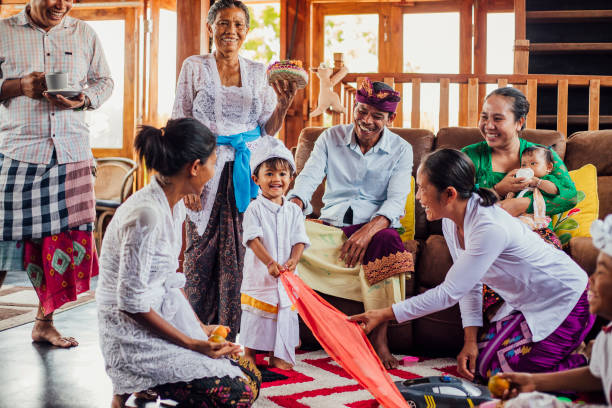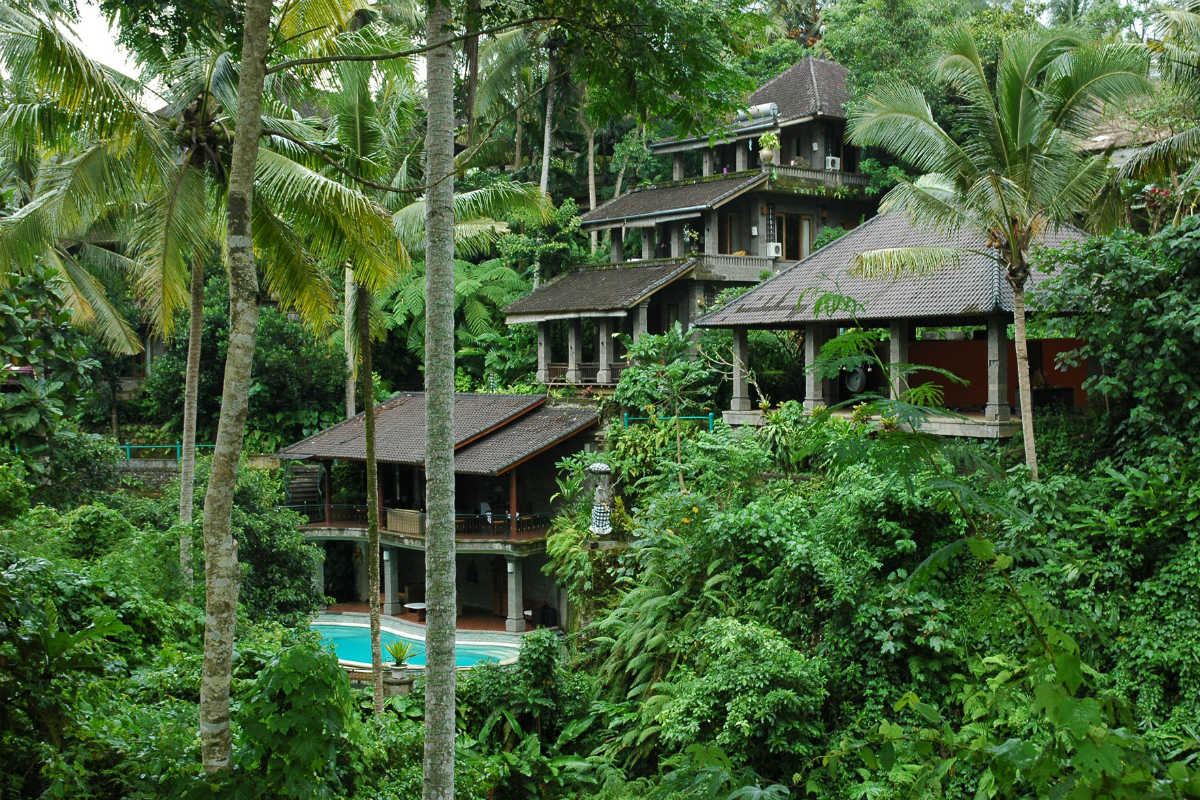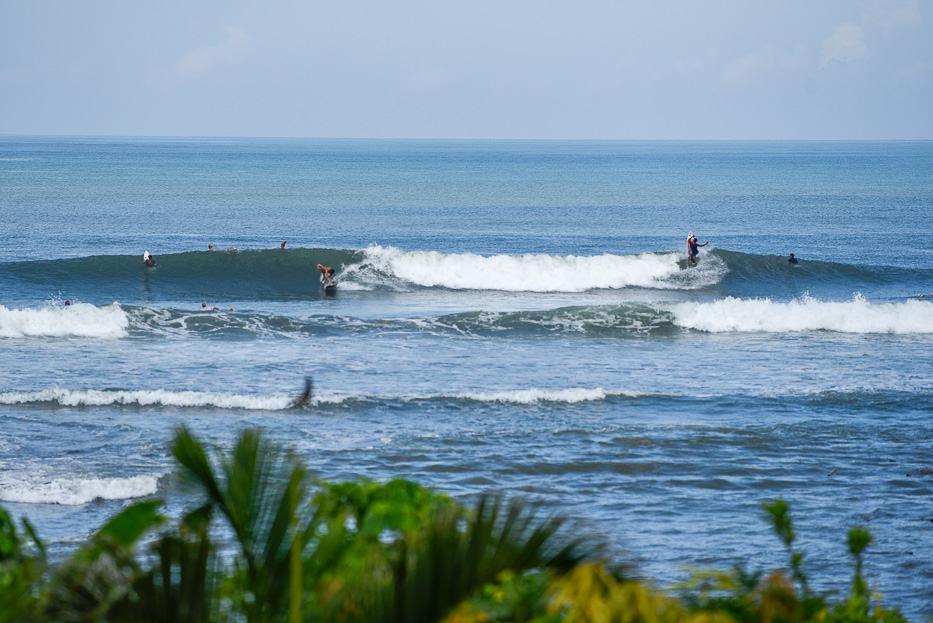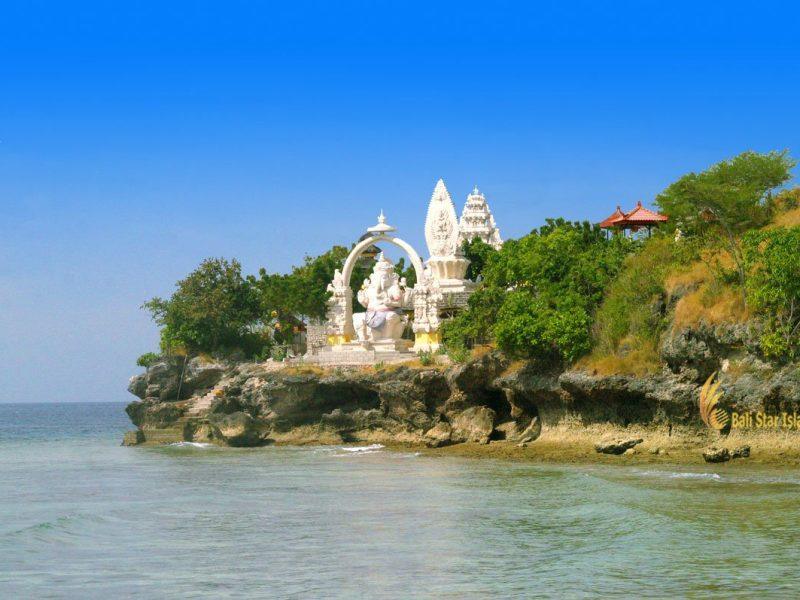✨ Unlocking the Magic: Bali Beyond the Beaches
Bali is a place that lingers in the soul long after you leave—vivid, mysterious, and endlessly surprising. While most travelers picture sun-kissed beaches and emerald rice terraces, the true magic of Bali lives in the details: ancient legends, daily rituals, quirky customs, and hidden stories woven through every village and temple. Are you ready to see the Island of the Gods through new eyes?
Each fact here is more than trivia—it’s a window into Bali’s living, breathing culture. Take a journey beyond the obvious, and let your wonder deepen with every discovery. 📸 From legendary kings and mystical volcanoes to festivals you’ve never heard of, this list will inspire your next adventure.🌺
1–10: Mystical Traditions & Ancient Beliefs
- Bali’s native religion, Agama Tirta, blends Hinduism with local animist and Buddhist traditions.
- The Balinese calendar (Pawukon) is 210 days and runs alongside the lunar Saka calendar.
- Each Balinese home compound has a family temple; ancestors are honored daily with offerings.
- The Ogoh-ogoh parade, held before Nyepi (the Day of Silence), features giant monster effigies burned to drive away evil spirits.
- Many temples, like Besakih and Lempuyang, are considered “mother temples” and sit high on volcanic slopes.
- Bali’s sacred Barong dance reenacts the battle of good and evil, a story unique to Balinese Hinduism.
- Each newborn is considered a reincarnation of a recent ancestor; the baby’s placenta is buried near the home.
- The Balinese believe the island is protected by nine directional temples called Pura Kahyangan Jagat.
- Tooth-filing ceremonies (metatah) symbolize a child’s passage into adulthood, believed to control negative traits.
- The subak irrigation system, a UNESCO heritage marvel, has managed Bali’s rice fields for over a thousand years.
11–20: Culture in Daily Life

- Most Balinese names reveal birth order—Wayan (firstborn), Made (second), Nyoman (third), Ketut (fourth).
- Balinese New Year (Nyepi) is marked by 24 hours of total silence across the island.
- Traditional Balinese houses are always built facing the volcano, considered sacred.
- Canang sari offerings—small baskets of flowers, rice, and incense—are given three times a day.
- Every village has a banjar, a community organization central to social and spiritual life.
- Bali’s signature music uses a gamelan orchestra, with xylophones, gongs, and bamboo flutes.
- Ceremonial kain poleng cloth, with its black-and-white checks, represents harmony and the balance of opposites.
- Bali’s puppetry tradition, wayang kulit, features shadow puppets made from water buffalo hide.
- Many Balinese ceremonies involve holy water (tirta), believed to purify body and soul.
- Temple festivals are held in cycles—some every 210 days, others every full moon or new moon.
21–30: Nature, Myths & Sacred Spaces
- Mount Agung is not only Bali’s highest volcano—it’s believed to be the spiritual axis of the island.
- Bali has its own native starling, the Bali myna, one of the world’s rarest birds.
- Lake Batur, inside a volcanic caldera, is home to the goddess Dewi Danu, protectress of water.
- Bali’s coral reefs support over 500 species of coral and thousands of fish, making it a top diving destination.
- Nusa Penida’s cliffs shelter temples hidden inside caves, visited mostly by pilgrims.
- Bali’s famous black sand beaches are formed from volcanic eruptions.
- The island is dotted with banyan trees, considered sacred and believed to house spirits.
- Bali’s traditional medicine, balian, blends herbal remedies, energy healing, and spiritual rituals.
- The Baris warrior dance is inspired by ancient battles and performed in ornate costumes.
- Monkey forests, like those in Ubud and Sangeh, are natural sanctuaries for revered long-tailed macaques.
31–40: Food, Ritual, and Artistic Flourish
- Bali’s most sacred dish is babi guling—spit-roasted whole pig, traditionally prepared for ceremonies.
- Bebek betutu (slow-cooked duck in spices) is a beloved festive meal.
- Every village holds regular cockfighting events, once a religious ritual to ward off bad luck.
- Traditional tattoos often feature guardian animals or symbols from Balinese mythology.
- Legong dance, with intricate finger and eye movements, is one of Bali’s oldest classical arts.
- Bali’s textiles, like songket and ikat, are handwoven with sacred motifs for ceremonial use.
- Satay lilit, skewered minced seafood with spices, is a coastal specialty found at local warungs.
- The process of making kopi luwak coffee involves civet cats and is considered a rare delicacy.
- Balinese painting styles often depict epic scenes from the Ramayana and Mahabharata.
- Uluwatu’s cliffside Kecak dance features a chorus of chanting men and a dramatic firewalk.
41–50: Surprising Quirks & Living History
- Bali’s only royal palace still occupied is in Ubud, home to descendants of the original kings.
- The island has a unique cremation ceremony, ngaben, celebrating the soul’s liberation.
- In some areas, traditional tooth filing is performed for both men and women before marriage.
- There are over 20,000 temples on the island—sometimes more temples than homes in a village!
- Bali’s ceremonial processions often stop traffic for hours, but locals consider it a blessing.
- Kite-flying season fills the sky with giant, colorful dragons and fish.
- The “Trunyan Village” near Lake Batur displays bodies above ground, shielded by fragrant trees instead of burial.
- Balinese children learn traditional dance, music, and shadow puppetry from a young age.
- “Bali dogs” are a distinct, ancient breed seen everywhere—loyal guardians with a unique look.
- Even the newest Bali expert guide finds something new every visit; the island’s mysteries are endless.
🏨 Recommended Hotels: Experience Bali’s Hidden Depths in Comfort
After delving into Bali’s fascinating history and culture, where better to rest and reflect than in one of the island’s most enchanting retreats? Whether you dream of waking up to the jungle’s morning mist, the sound of the river, or the gentle pulse of a rice terrace, these handpicked hotels offer the perfect balance of comfort and immersion. Each property is chosen for its authenticity, luxury, and proximity to Bali’s cultural treasures—so your journey continues, even as you unwind.

- COMO Uma Ubud – Ubud
A serene sanctuary surrounded by rice fields and tropical gardens, perfect for cultural explorers. - Four Seasons Resort Bali At Sayan – Ubud
Immerse yourself in riverside luxury and the lush jungle heart of Bali. - Mandapa, a Ritz-Carlton Reserve – Ubud
An ultra-luxe riverside retreat blending Balinese spirit with world-class hospitality. - COMO Shambhala Estate – Ubud
A holistic wellness haven tucked in mystical jungle near Ubud. - Capella Ubud – Ubud
Unique tented luxury in an enchanting, hidden valley—perfect for seekers of Bali’s wild side. - Alila Ubud – Ubud
Sleek design, infinity pool, and immersive views of Bali’s untouched valleys. - The Kayon Resort – Ubud
A romantic hillside escape where nature, comfort, and culture meet.
🌿 Closing Thoughts
Every corner of Bali holds a story waiting to be discovered. As you wander temple grounds, listen to the chants of a gamelan, or taste something new in a bustling market, let these facts deepen your connection to the island’s living, breathing spirit. 🎭📿 Whether you’re a first-time visitor or a lifelong devotee, Bali always has a new secret to share.
“In Ubud, each sunrise awakens a living, breathing spirit flowing through fields, temples, forests, offerings, and sacred ancestral harmony.”
All content in this article was researched, written, and verified as part of BaliExpertGuide.com’s mission to offer real, respectful Bali experiences.
For more inspiring discoveries, follow us on Instagram:
https://www.instagram.com/baliexpertguide




